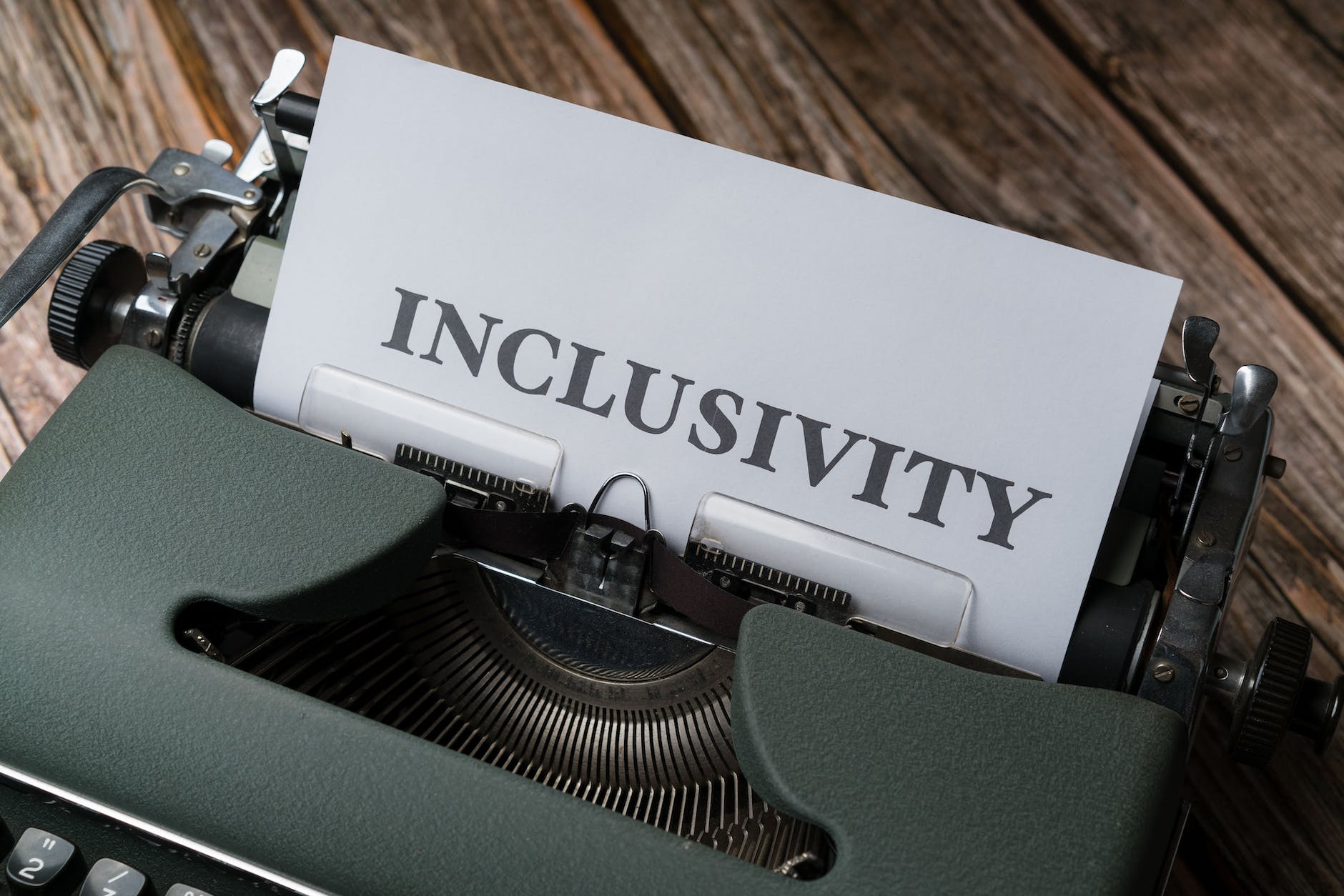
Photo by Markus Winkler on Pexels.com
The origins for the inclusion of disabled students in higher education lie in primary and secondary education: in the UK, the Warnock Report and the subsequent 1981 Education Act sought to transform the educational provision of ‘handicapped’ children by introducing the term ‘special educational needs’ (SEN) and advocating the integration of children with SEN in mainstream schools as opposed to segregation in special schools.
My interest in inclusion stems from being an undergraduate on a BEd Primary and Special Education course during this significant period in the history of special education. I undertook a teaching practice in a special school for ‘educationally subnormal’ (the derogatory term used at the time) children. I therefore recall being excited by what I considered to be the revolutionary ideas in the Warnock Report about ‘integration’ (in later years ‘inclusion’) and the new terminology. Since qualifying and before teaching in further and higher education sectors, I worked as a primary school teacher and SEN coordinator, experiencing a further 40 years of evolving inclusion policy. Whilst there has been progress relating to the inclusion of disabled children in primary schools and widening participation for disabled higher education students there remain major challenges and barriers to address.
In my current role as a university lecturer, I am mindful of the statistics that show disabled students are among those likelier to withdraw from university and have lower degree outcomes (Office for Students, 2022). I am also aware of the barriers faced by disabled students, particularly concerning stigma, disclosure, and social inclusion, rooted in historical misrepresentations of disability remaining intact in contemporary society (Shaw, 2021). I believe it is critical to identify and dismantle the ableist barriers faced by disabled higher education students still denied the socially just opportunity to achieve their potential and make a positive contribution to society.
My new article in Teaching in Higher Education further investigates one such potential barrier impacting disabled students’ higher education experiences: lecturers’ attitudes toward disability and inclusion of disabled higher education students. Evaluating lecturers’ attitudes is essential to inform higher educationpolicy and practice and subsequently improve the satisfaction, retention, and outcomes of disabled students. My article uses Q-methodology which combines quantitative and qualitative techniques thus bringing methodological novelty to disability research and higher education. Ableism provides a relevant theoretical framework to theorise and make sense of the attitudes of lecturers.
I chose to publish in Teaching in Higher Education as opposed to a journal appealing to those specifically interested in disability inclusion because the inclusion of disabled students is the responsibility of all those involved in higher education teaching. As they read the article, I hope readers reflect on their attitudes and approach to disability inclusion. Certainly, researching attitudes towards disability and inclusion I have come to reflect on my practice as a teacher at primary, further and higher education levels and somewhat uncomfortably realised that, unintentionally, in fact often with the best of intentions, my practice has not always been as inclusive as I thought it was or could have been.
For me, honest reflection is key to improving higher education policy and practice. I believe the article’s recommendations for research aligned with disabled students’ lived experience and for staff training on disability awareness and anti-ableist pedagogies plus the allocation of time and resources will positively impact disabled higher education students.
Anne Shaw (University of Bolton)
